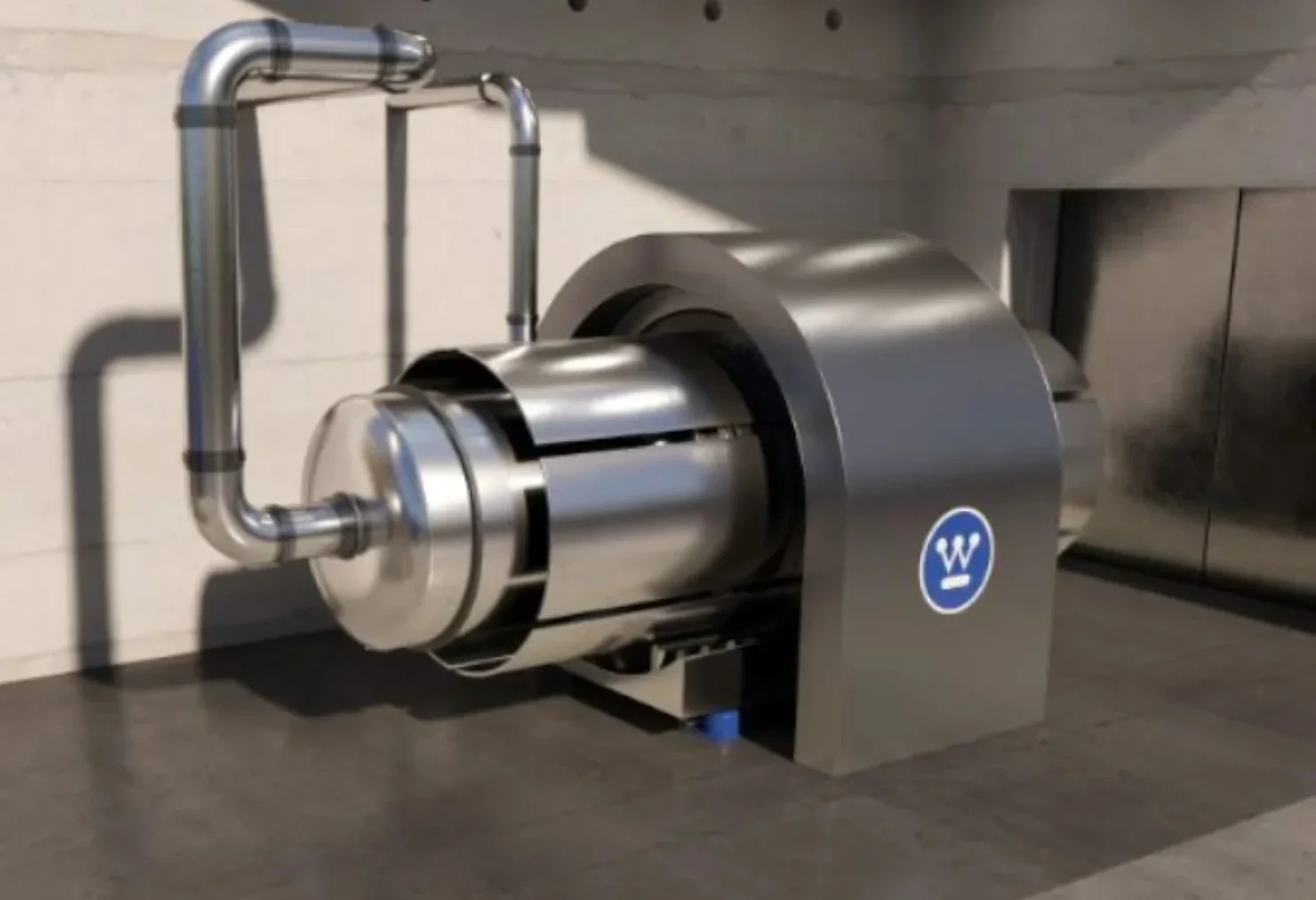
The Brighter Side of News
First-ever compact nuclear reactor can run for 8 years without a drop of water
- Sep 1, 2024, 4:08 PM

In a groundbreaking development poised to reshape the energy landscape of Saskatchewan, Canada, a compact nuclear reactor with the capacity to operate for eight years without water is set to come online by 2029.
Announced by the Saskatchewan government, the $80 million CAD project, led by the Saskatchewan Research Council in collaboration with Westinghouse, aims to demonstrate the capabilities of this innovative microreactor, known as eVinci.
Premier Scott Moe expressed optimism about the project's transformative potential, emphasizing its unique ability to cater to Saskatchewan's energy needs while also heralding a greener future. "Microreactors provide a custom solution for Saskatchewan’s unique energy needs," said Premier Moe.
Westinghouse, the company behind the eVinci, asserts that this technology will not only revolutionize energy production but also significantly reduce air pollution. According to Westinghouse, each eVinci unit will contribute to a yearly reduction of up to 55,000 tons of air pollution.
One of the key features of the eVinci microreactor is its impressive versatility. It will have the capability to generate five megawatts of electricity, produce over 13 megawatts of high-temperature heat, or operate in combined heat and power mode, according to the Saskatchewan Research Council.
To put this in perspective, the Nuclear Regulatory Commission reported in 2012 that a single megawatt of capacity from a conventional power plant can meet the energy needs of 400 to 900 homes in a year.
Westinghouse views the eVinci microreactor as a groundbreaking technology that holds great promise for future energy requirements.
Microreactors are notable for their portability and potential to provide power to remote and underserved locations. The U.S. Department of Energy confirms that various types of microreactors are currently in development across the United States.
In terms of physical installation, the eVinci microreactor will be above ground and occupy a relatively small footprint. Remarkably, the supporting infrastructure for the unit can fit inside a standard hockey rink. This compact design allows for easy integration into existing power grids and facilitates pairing with renewable energy sources.
One of the most noteworthy aspects of the eVinci microreactor is its innovative "heat pipe technology," which eliminates the need for water to cool down the system. Unlike traditional nuclear reactors, which rely on vast quantities of water for cooling, the eVinci's cooling system is water-independent.
Moreover, after approximately eight years of service, the eVinci unit can be removed for disposal, making way for a replacement unit, all according to Westinghouse. The simplicity of this design, often likened to that of a battery, enhances its appeal as a sustainable and efficient energy source.
Despite their impressive energy output, traditional nuclear power plants generate substantial amounts of nuclear waste—approximately 2,205 tons per year in the U.S., which is less than half the volume of an Olympic swimming pool.
However, the waste generated by these plants consists of ceramic pellets, eliminating the risk of hazardous radioactive materials. Researchers are continually exploring innovative methods, such as utilizing bacteria, to manage and reduce this waste more effectively.
Westinghouse's approach with the eVinci microreactor is markedly different. The company plans to take responsibility for the used fuel, either returning it to their facilities or securely storing it deep underground for long-term safekeeping.
This design not only mitigates the risks associated with high pressure and coolant loss but also allows for the extraction of valuable heat for industrial applications.
The initial eVinci unit is being hailed as a proof-of-concept, paving the way for future installations. Saskatchewan Research Council CEO Mike Crabtree affirmed the significance of this pioneering project, emphasizing its role in preparing the council to assist communities and industries in future endeavors.
"What we learn through this project will prepare [the council] to assist communities and industries in future projects," stated Crabtree in the official press release.
"Westinghouse is proud to be working with the team at SRC on this vital project, and for the support from Premier Moe and the Government of Saskatchewan," Westinghouse President and CEO Patrick Fragman said. "The eVinci™ battery technology is the perfect fit for Saskatchewan since it is fully transportable. It also provides carbon-free electricity and heat, uses no water, and can be completely removed from site after operating continuously for eight years or more."
SRC is Canada's second largest research and technology organization. With nearly 350 employees, $232 million in annual revenue and 76 years of experience, SRC provides services and products to its 1,600 clients in 22 countries around the world. SRC safely operated a SLOWPOKE-2 nuclear research reactor for 38 years before decommissioning it in 2021.
With its compact design, water-independent cooling system, and potential to harness industrial heat, the eVinci microreactor showcases the possibilities of modern nuclear technology. As the first of its kind, it serves as a harbinger of a cleaner, more sustainable energy future for Saskatchewan and beyond.
Note: Materials provided above by The Brighter Side of News. Content may be edited for style and length.
